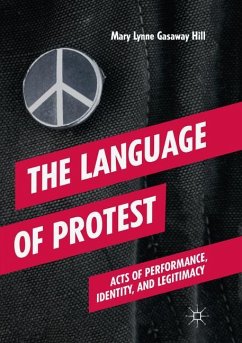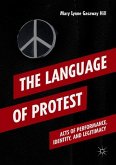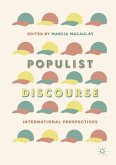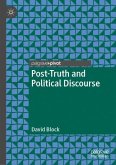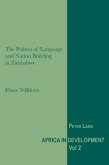Rooted in the performative of Speech Act Theory, this interdisciplinary study crafts a new model to compare the work we do with words when we protest: across genres, from different geographies and languages. Rich with illustrative examples from Turkey, U.S., West Germany, Romania, Guatemala, Great Britain, and Northern Ireland, it examines the language of protest (chants, songs, poetry and prose) with an innovative use of analytical tools that will advance current theory. Operating at the intersection of linguistic pragmatics and critical discourse analysis this book provides fresh insights on interdisciplinary topics including power, identity, legitimacy and the Social Contract. In doing so it will appeal to students and scholars of sociolinguistics, pragmatics and critical discourse analysis, in addition to researchers working in sociology, political science, discourse, cultural and communication studies.
Bitte wählen Sie Ihr Anliegen aus.
Rechnungen
Retourenschein anfordern
Bestellstatus
Storno

